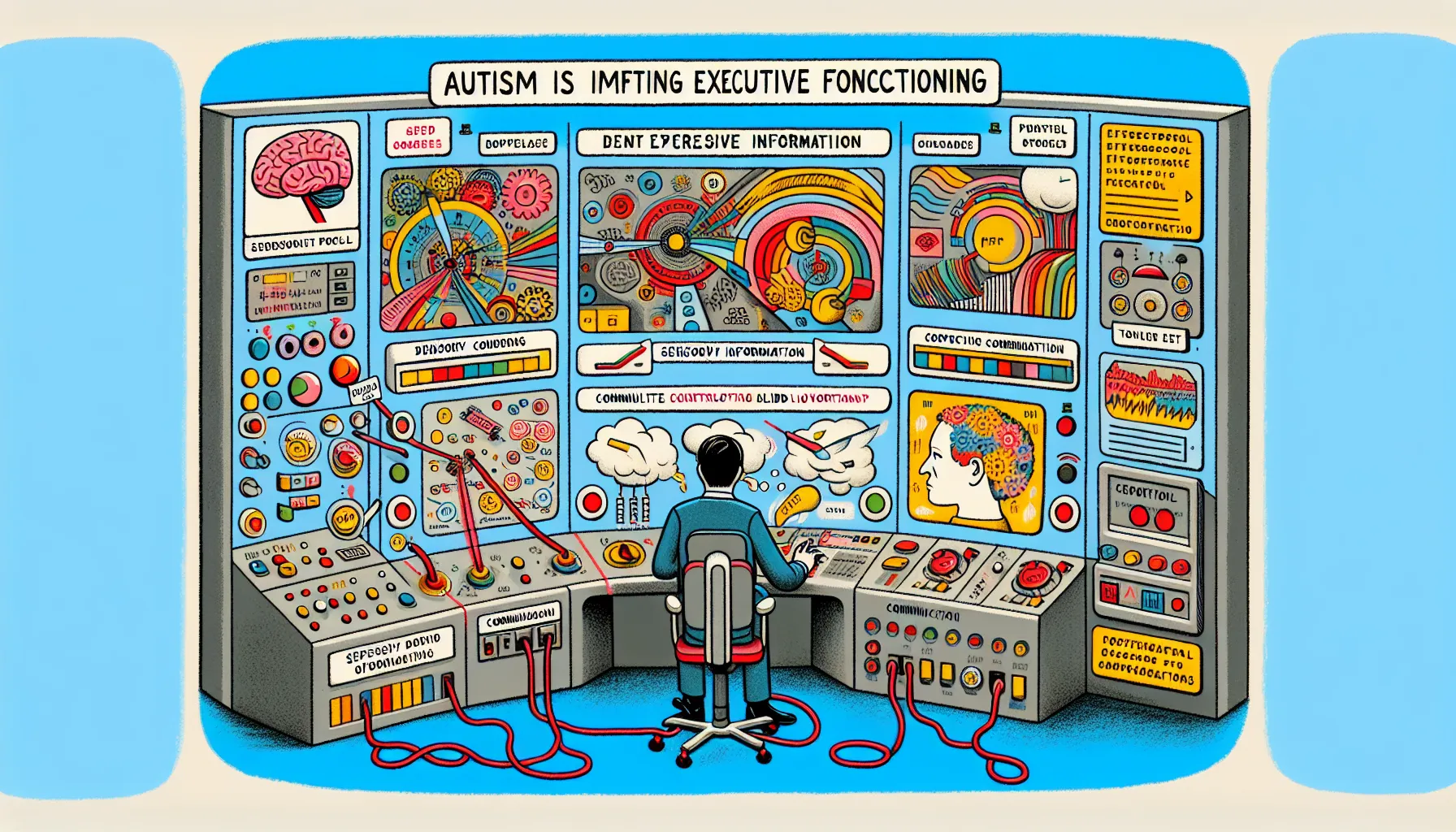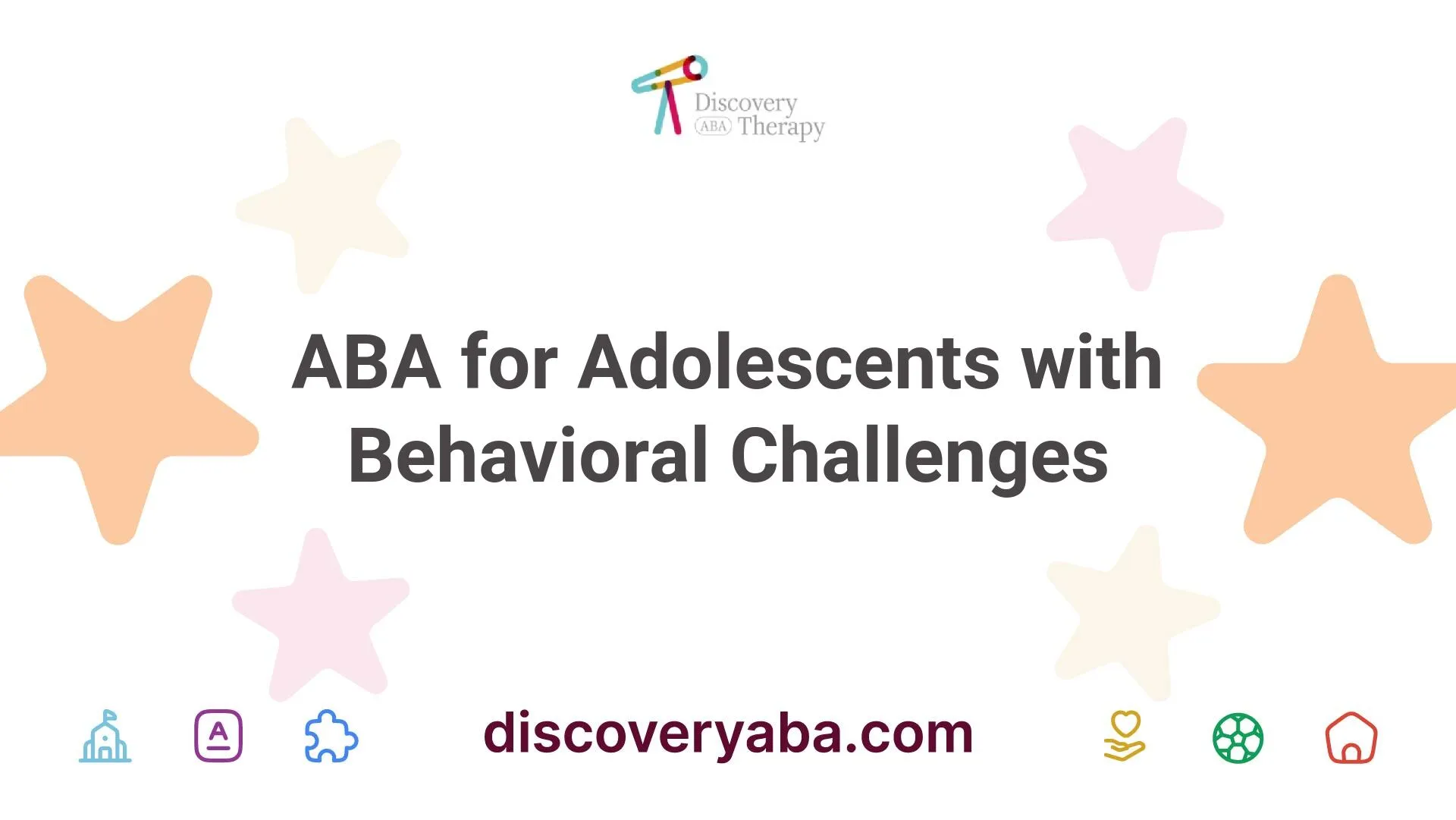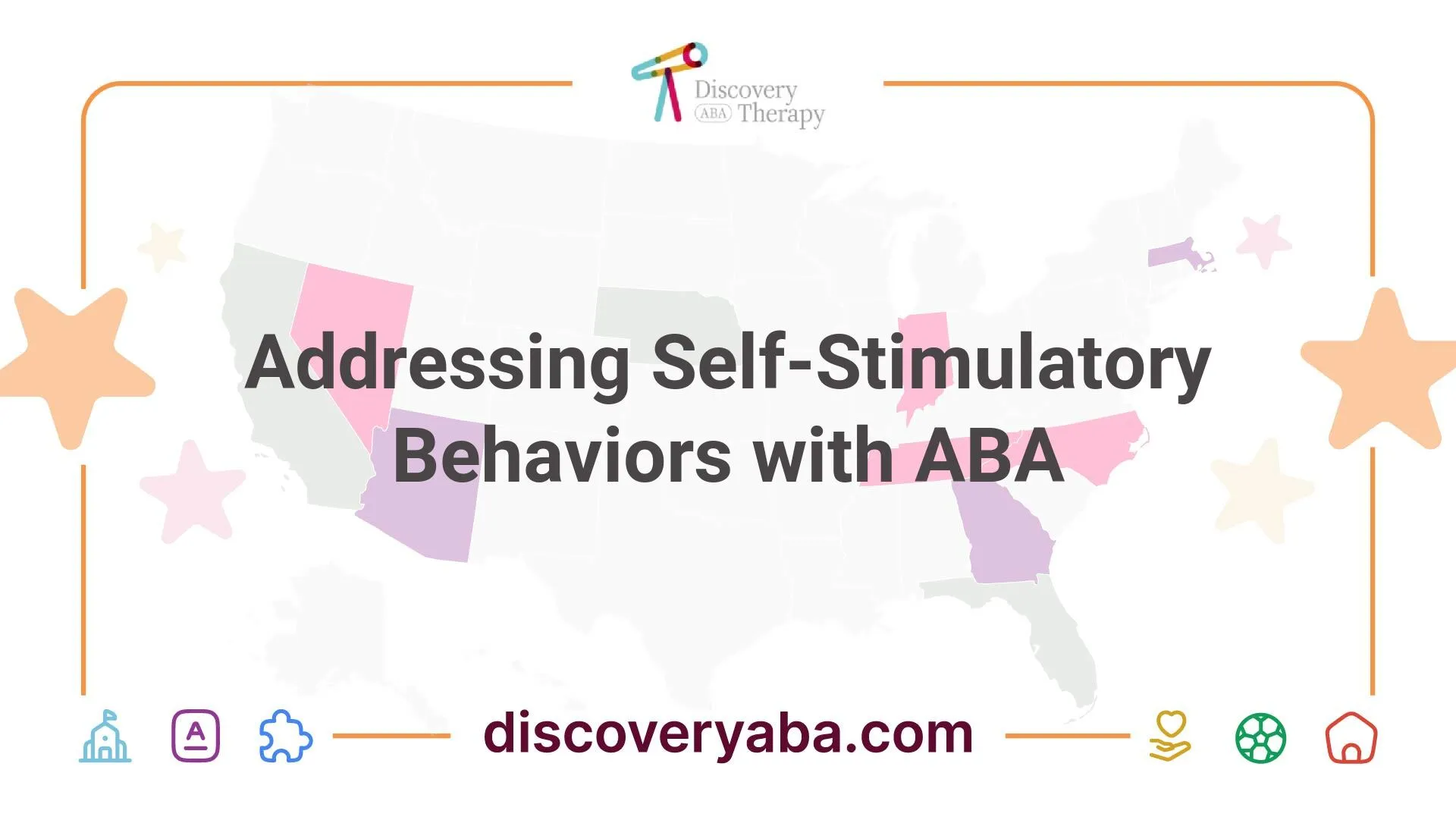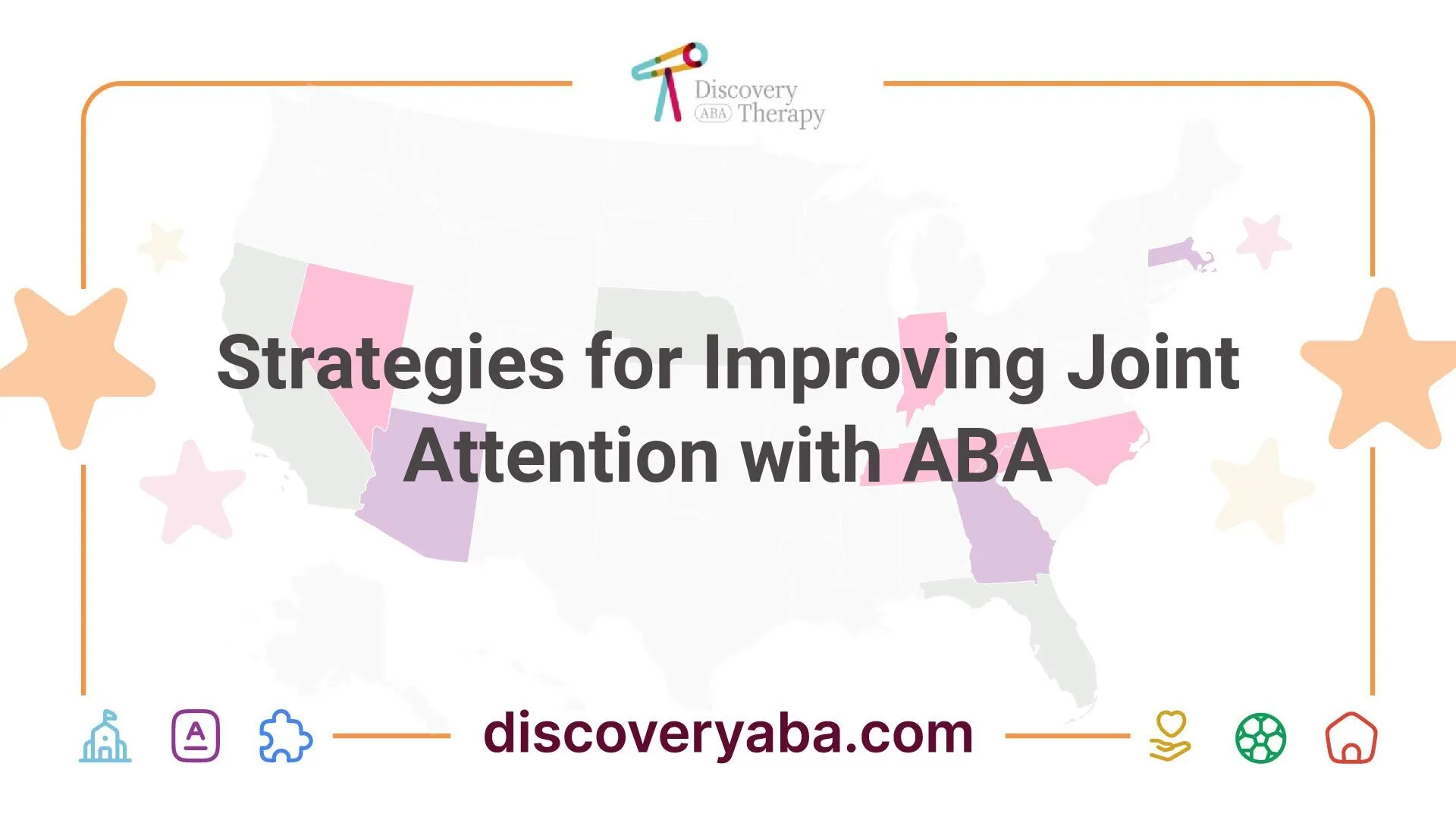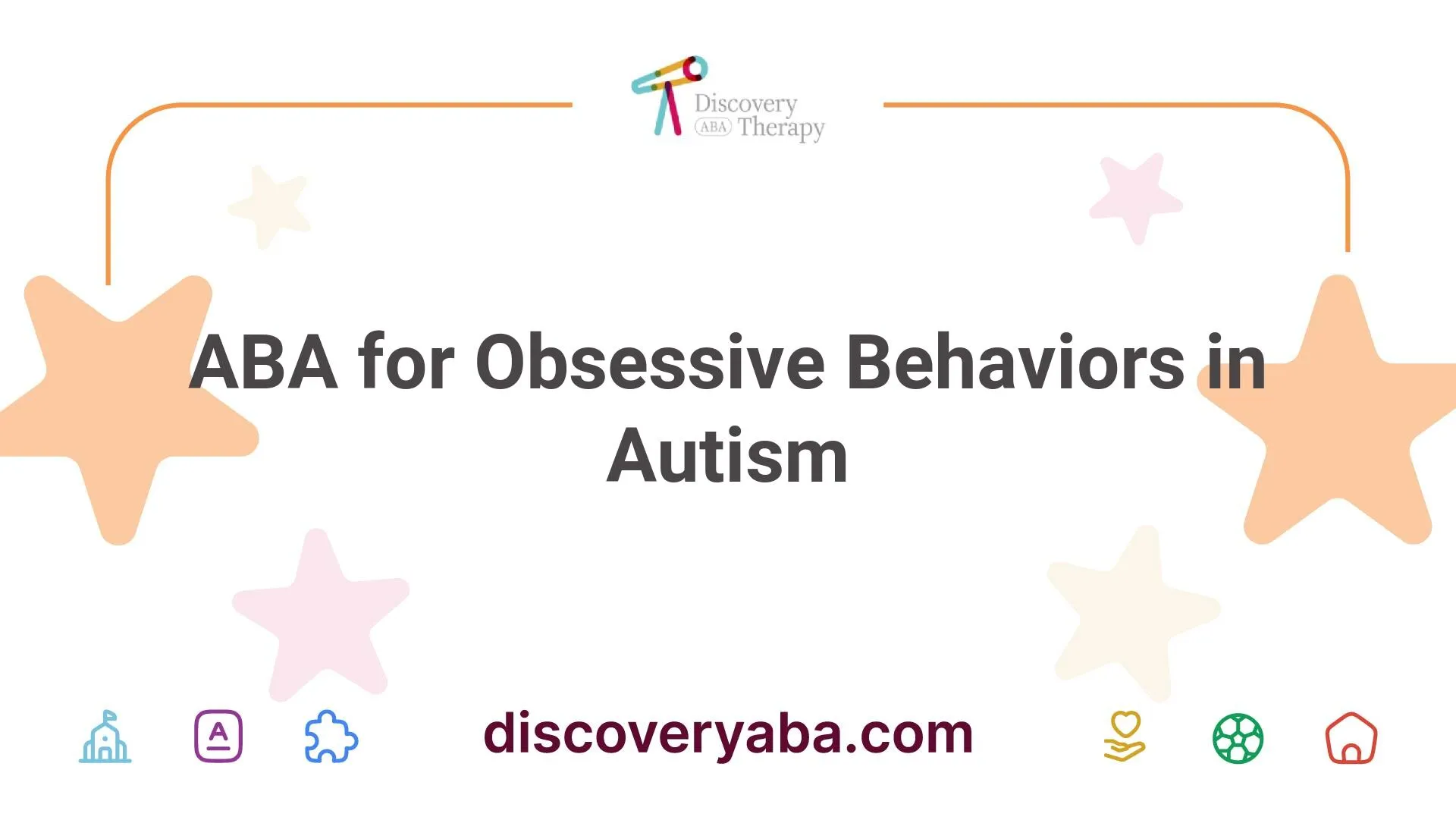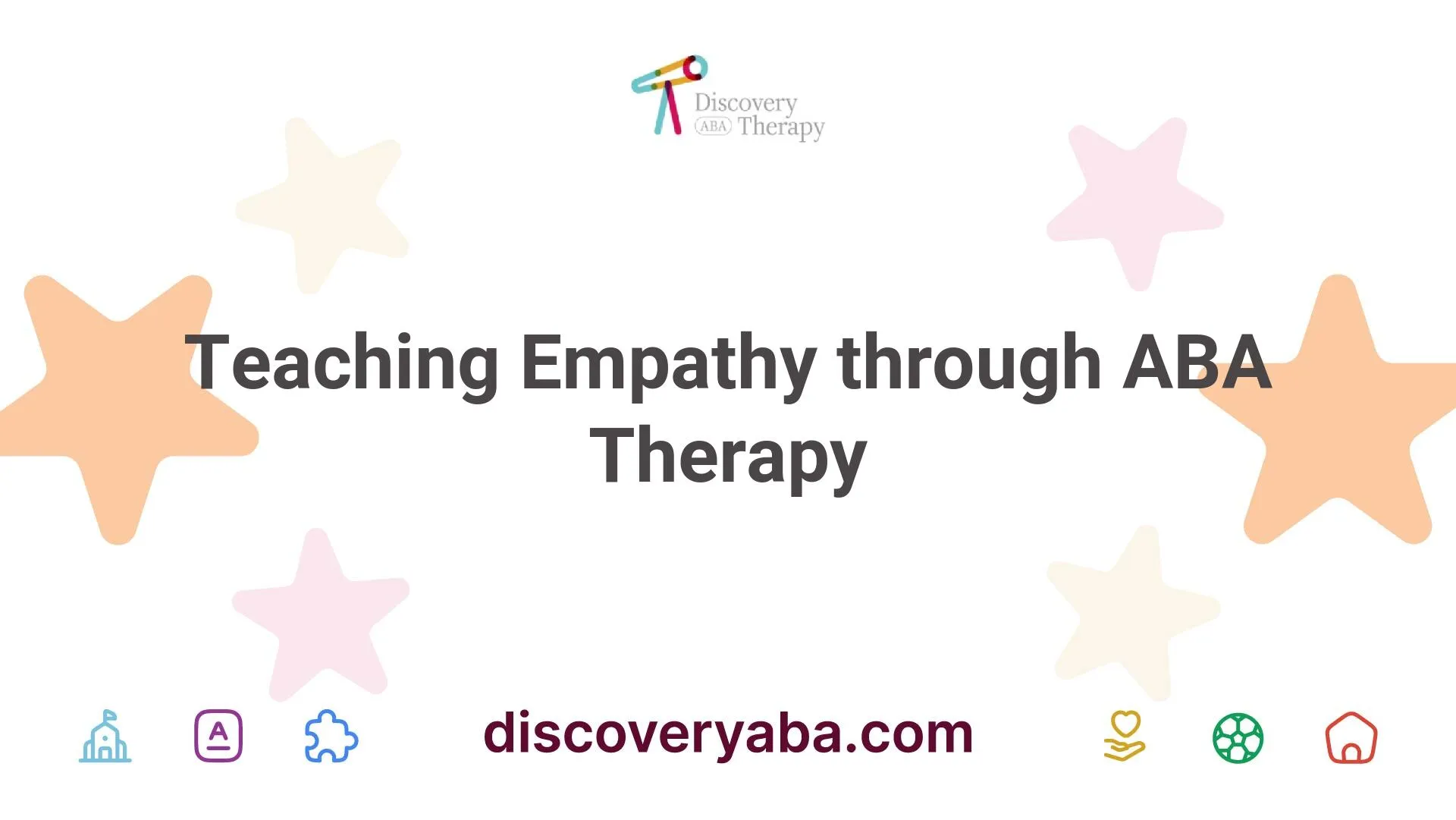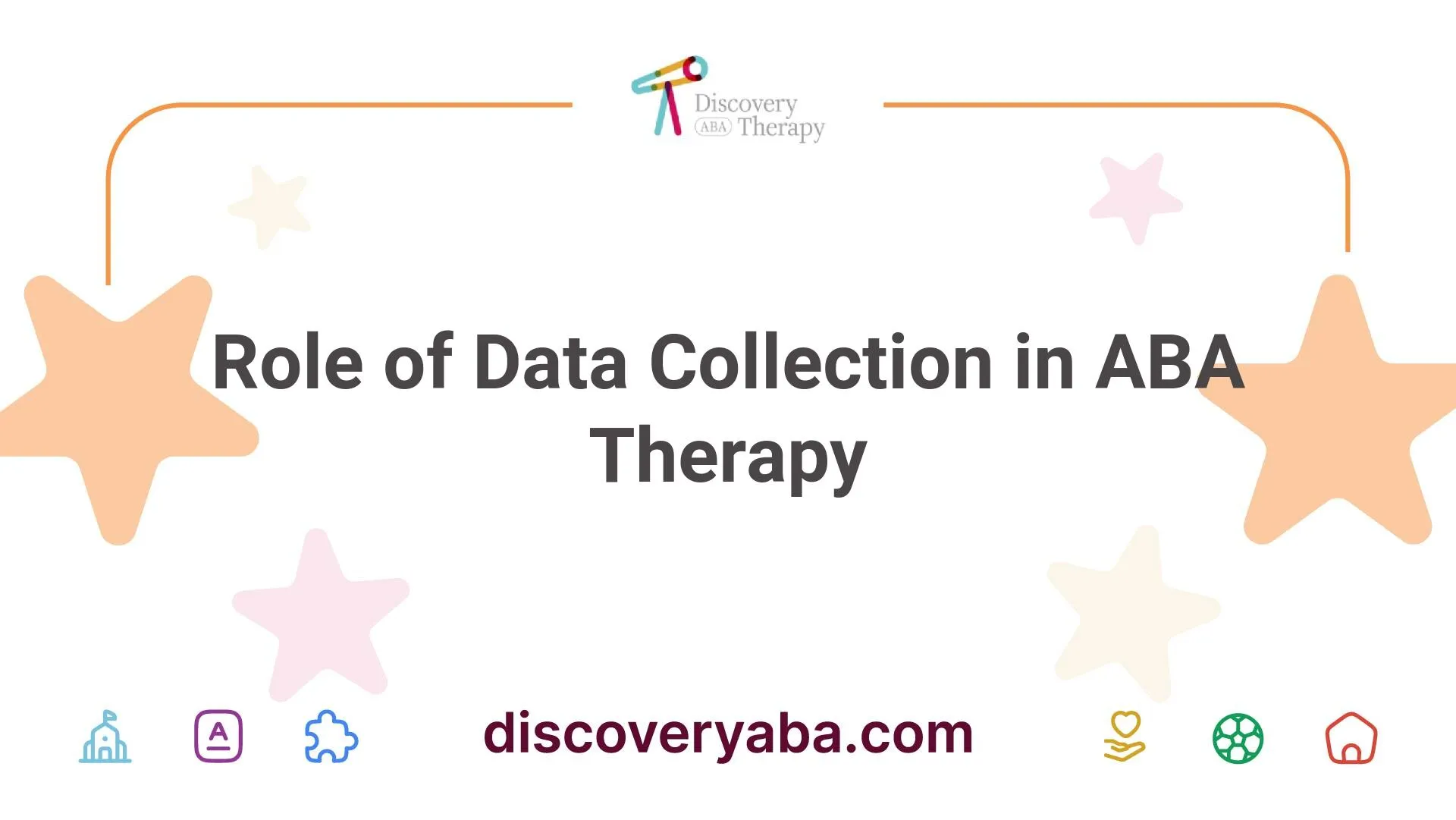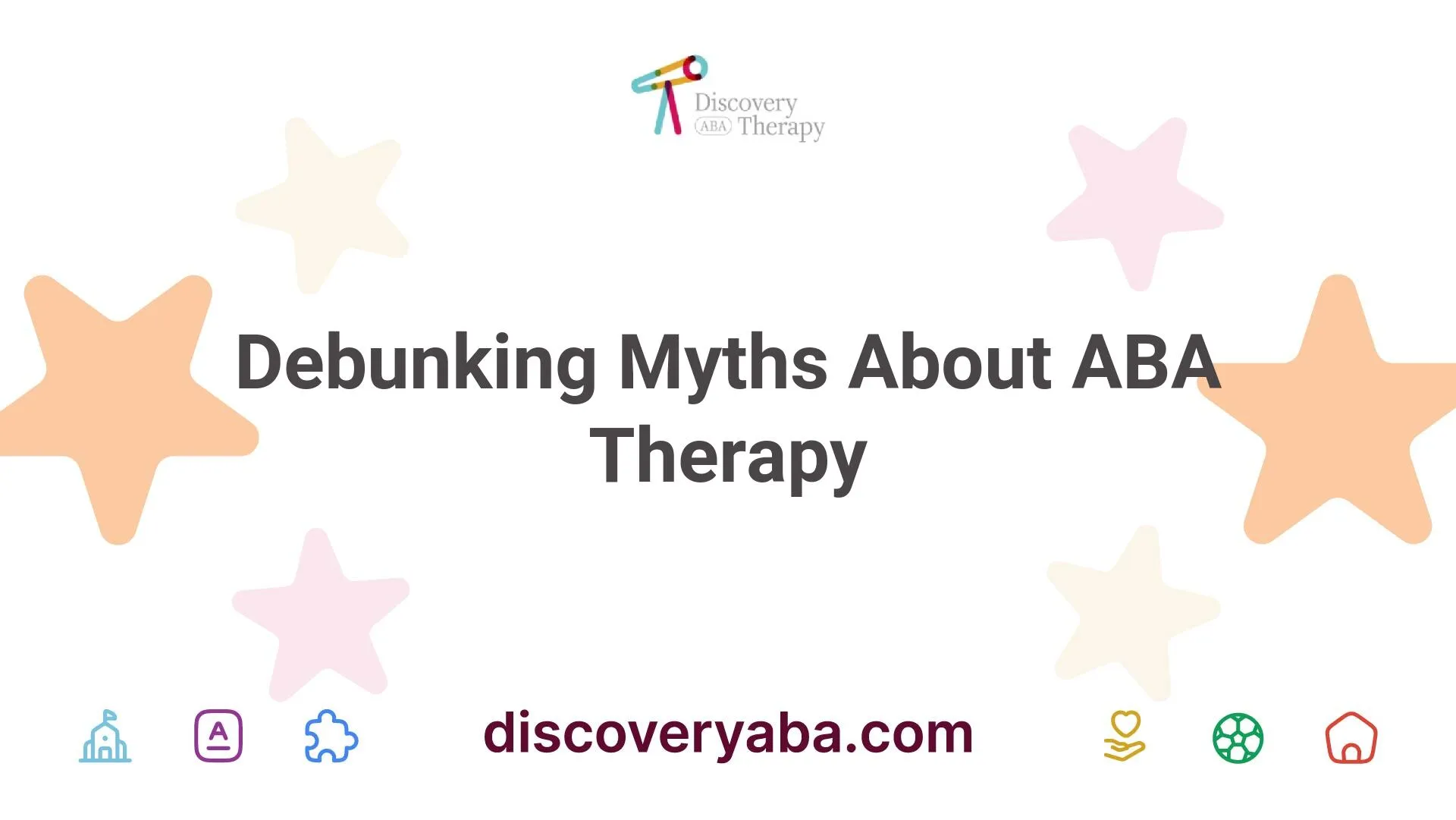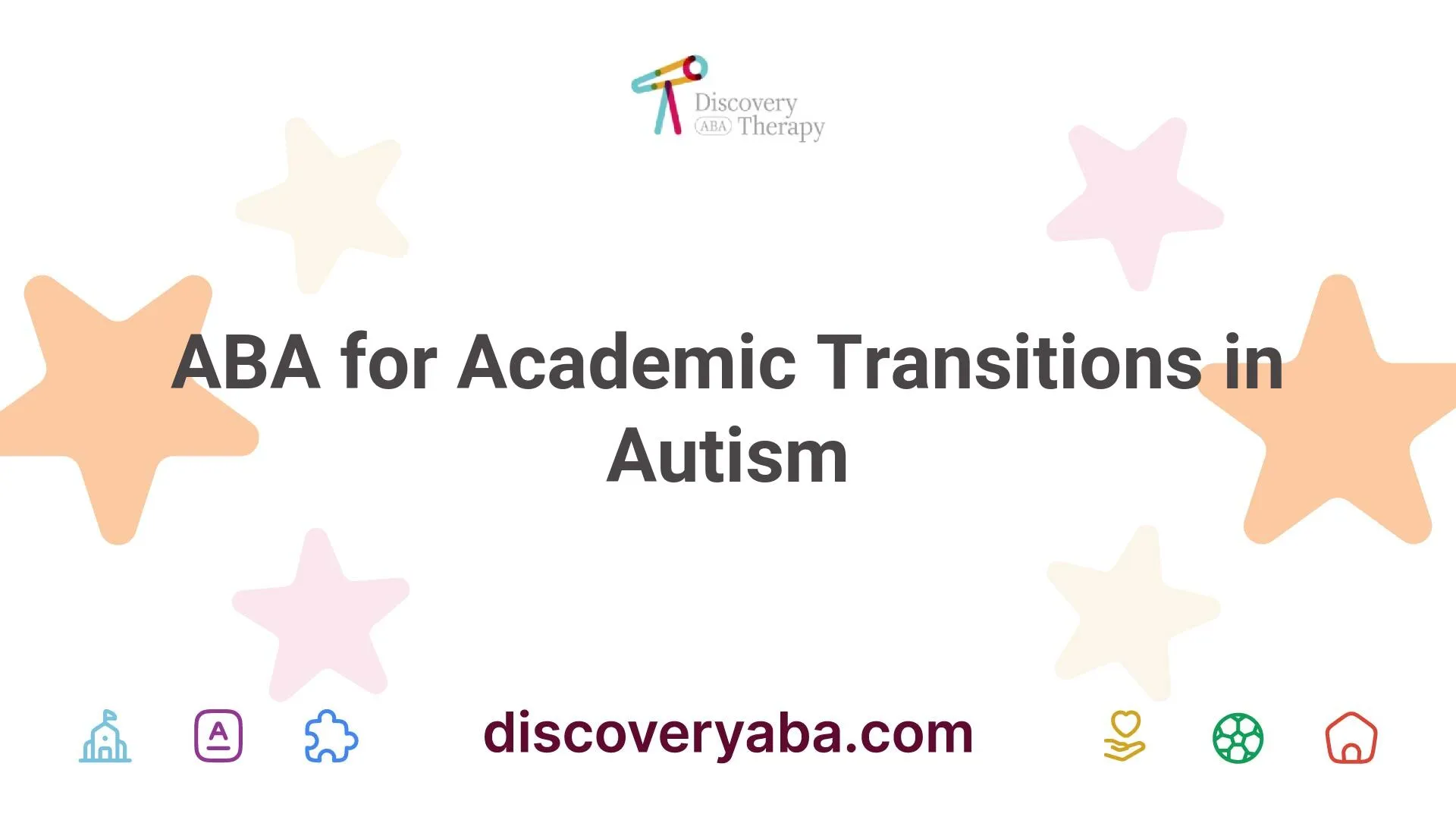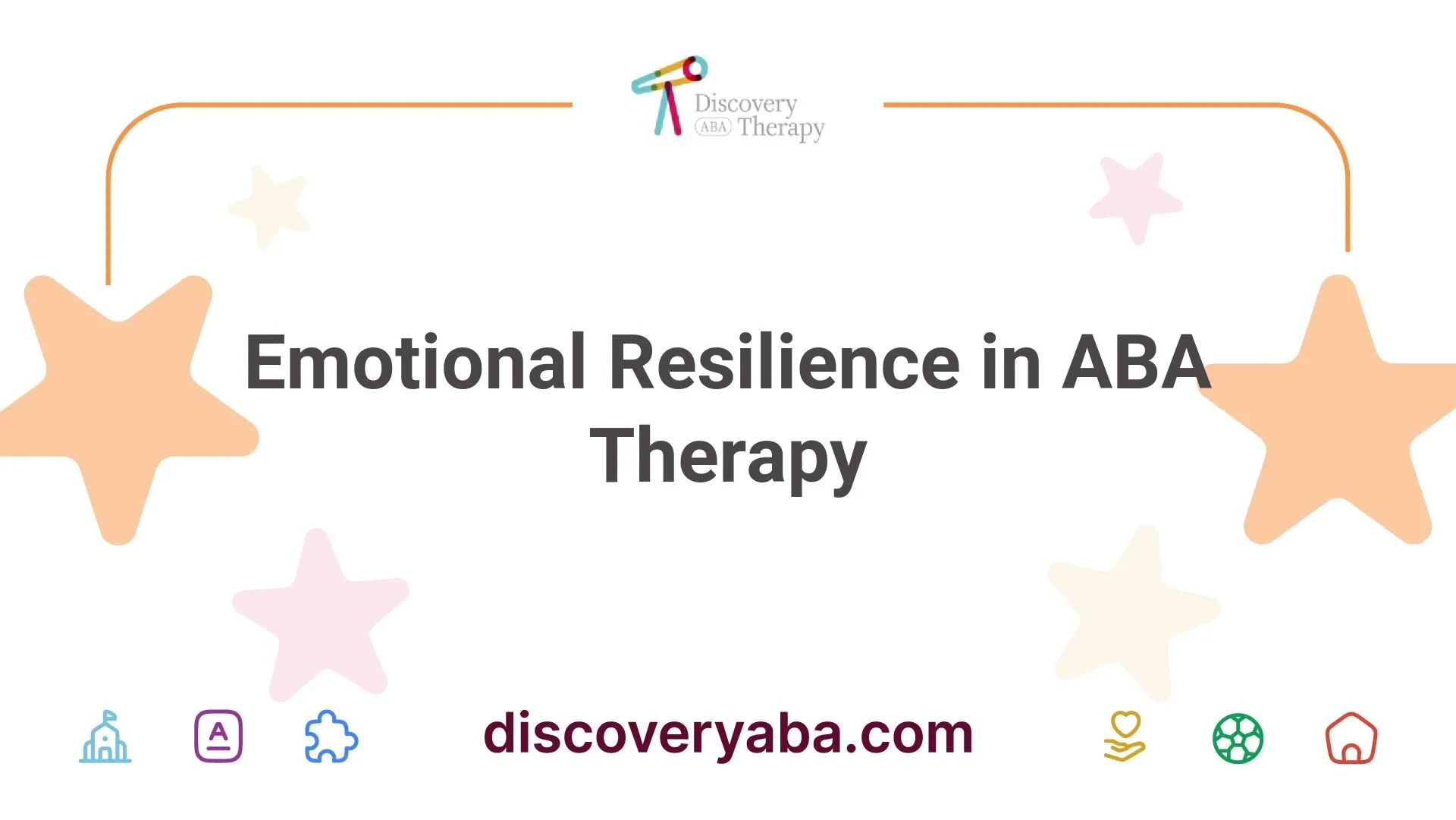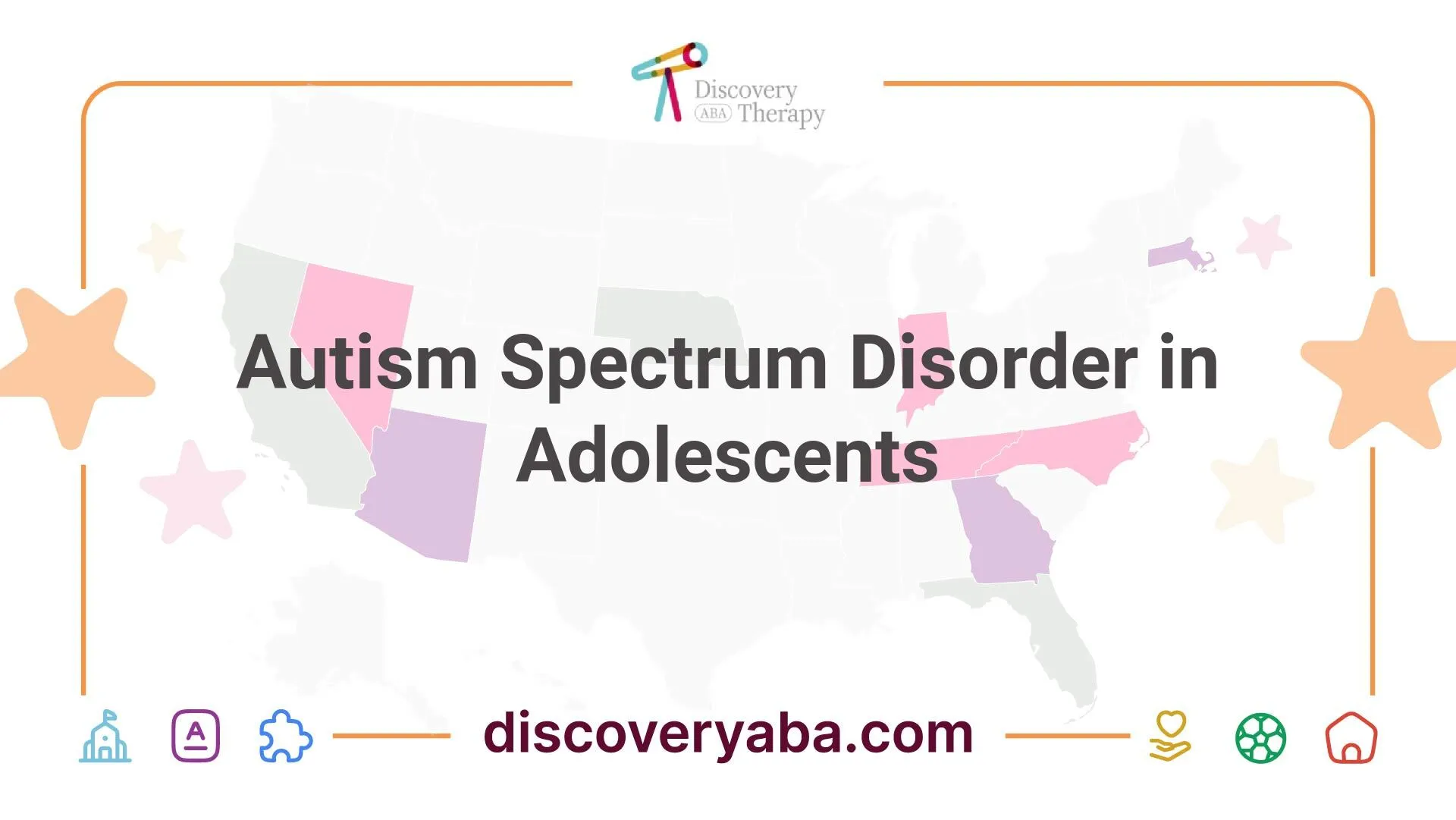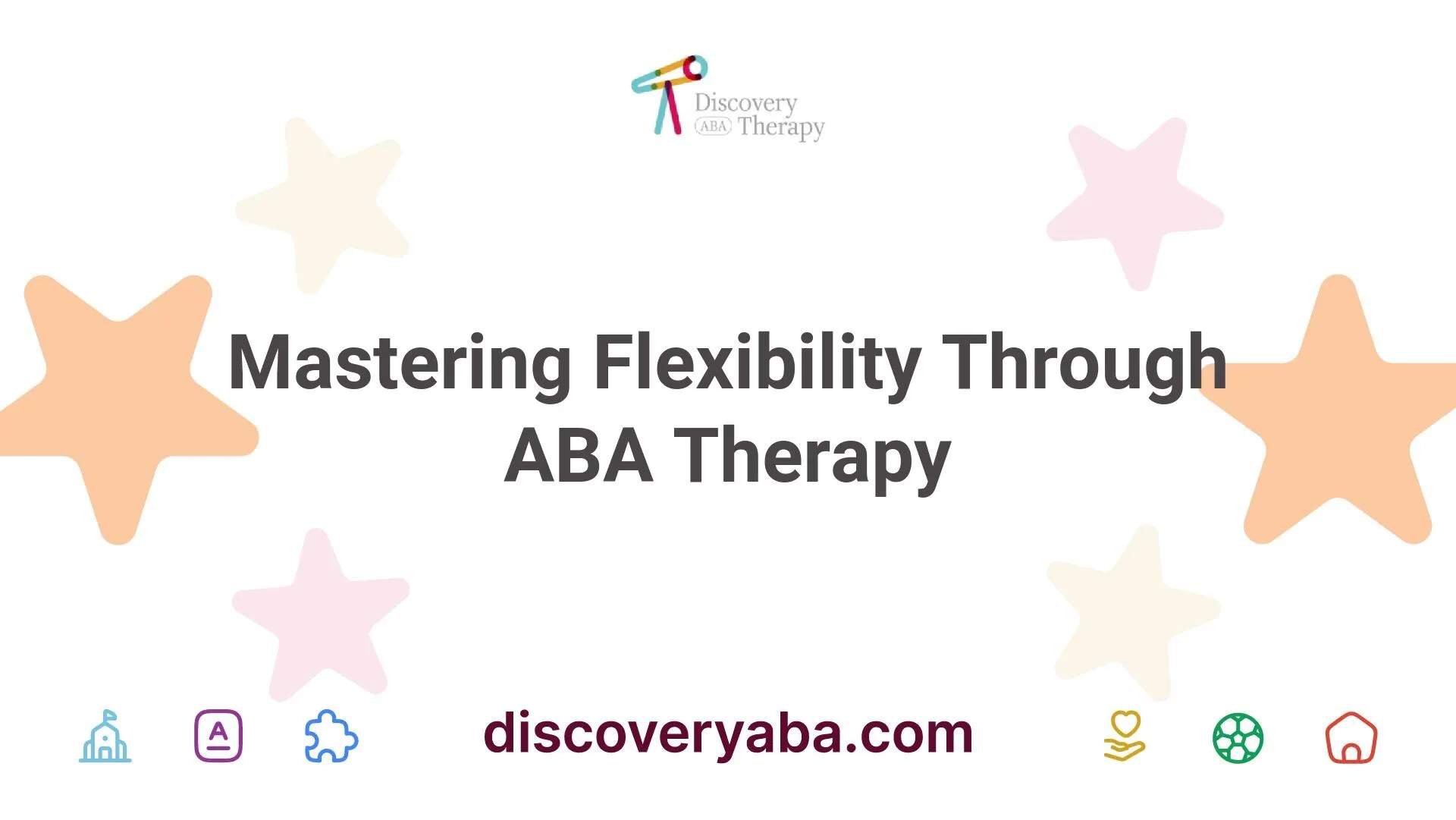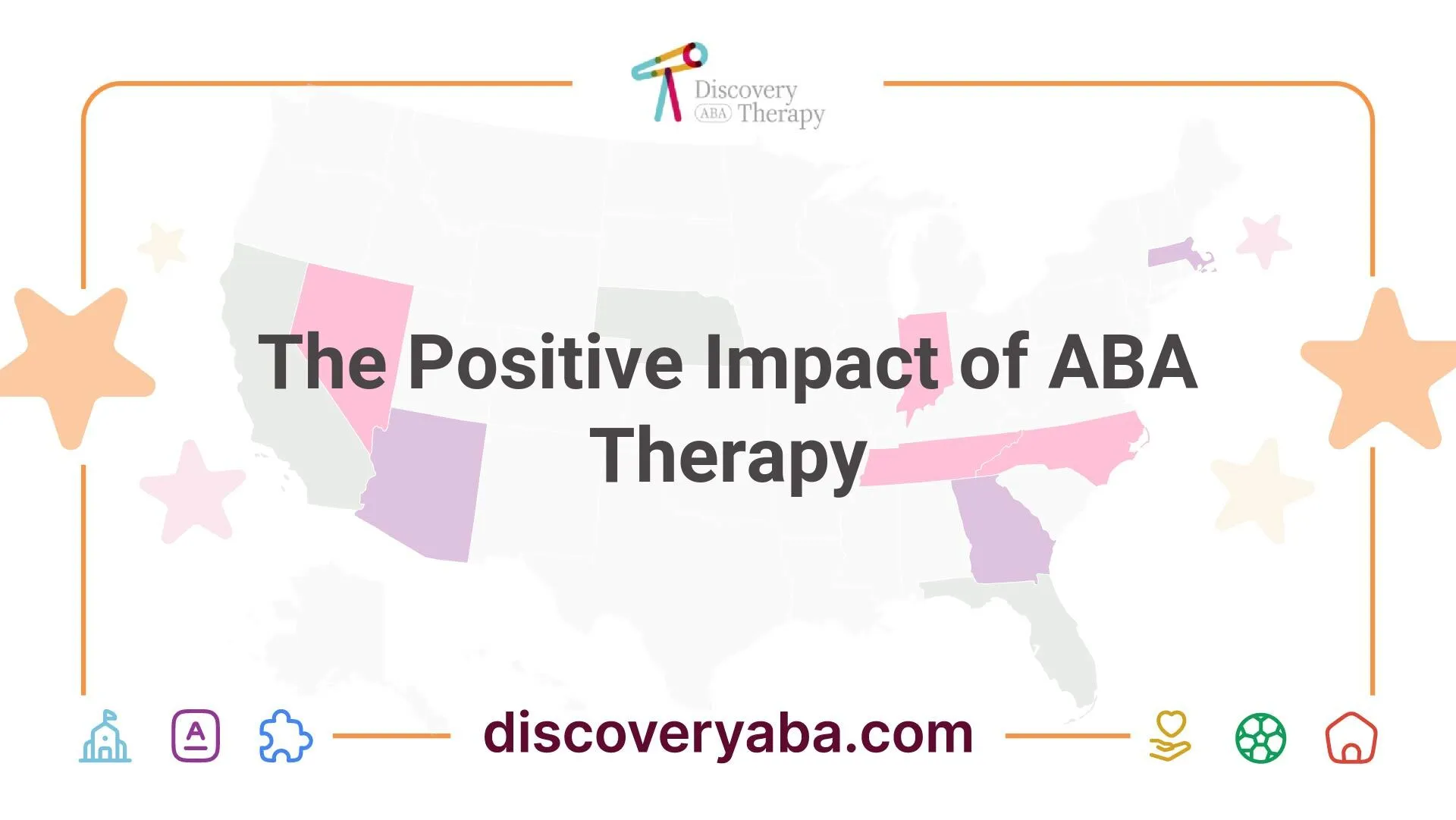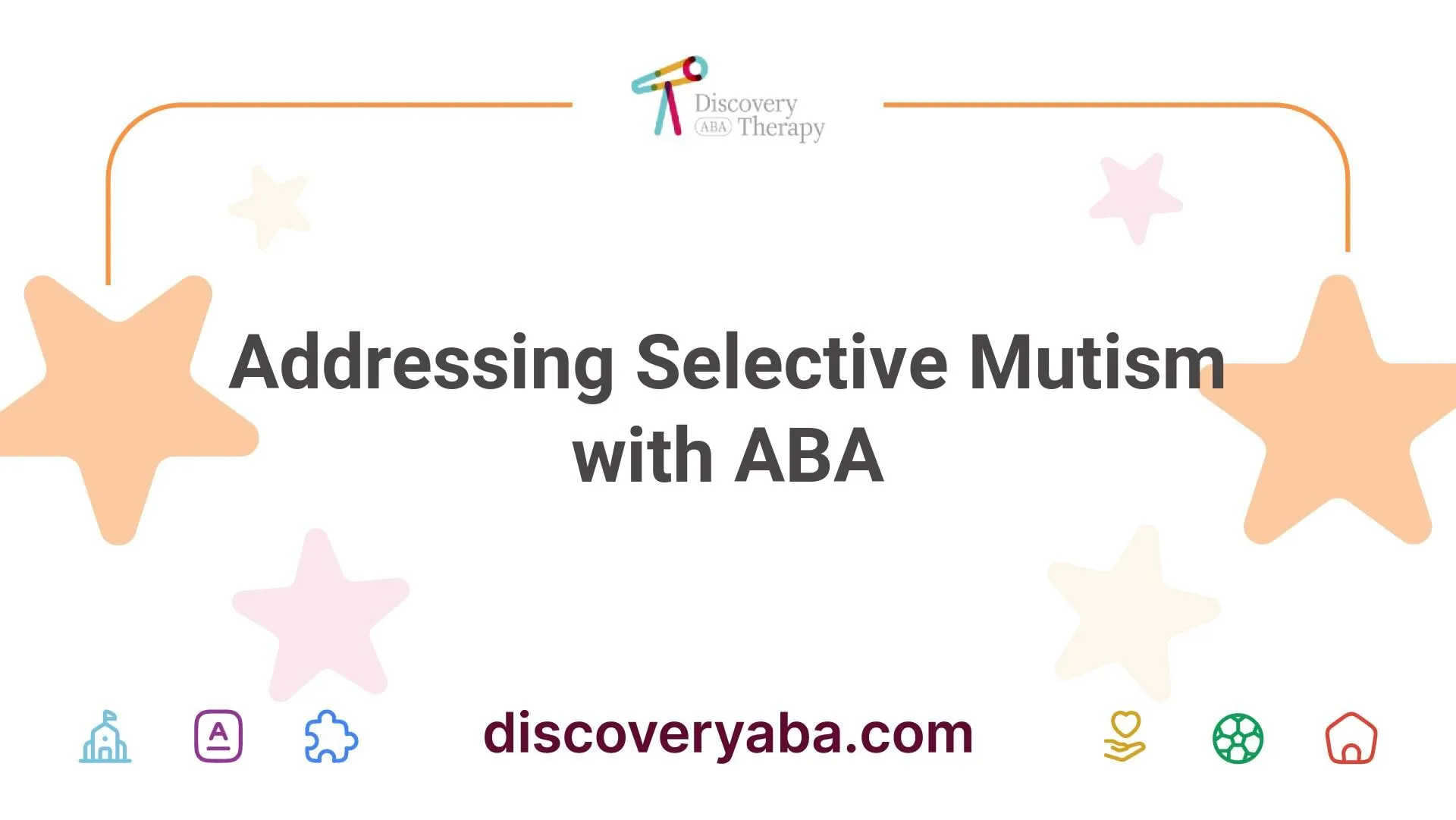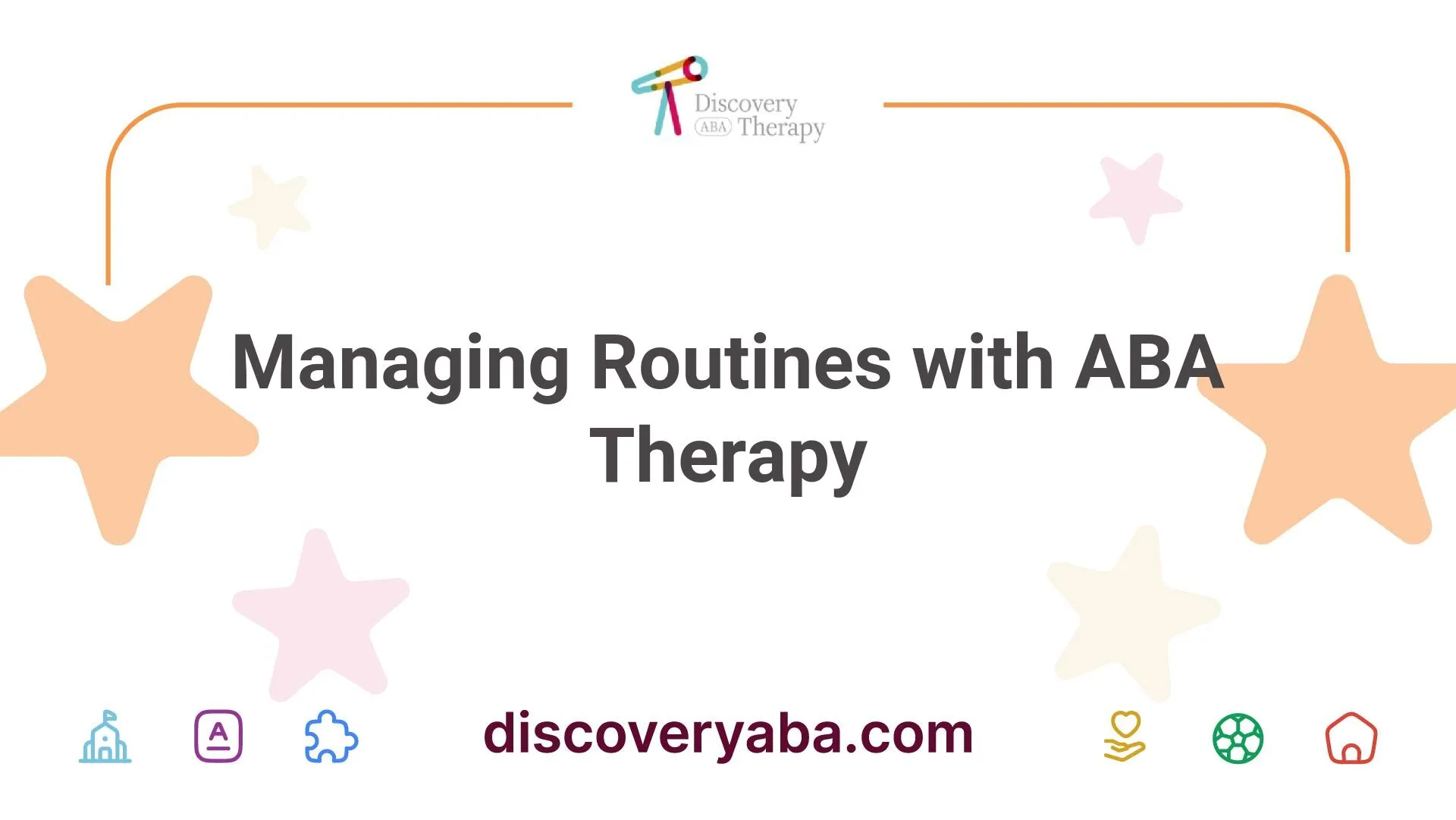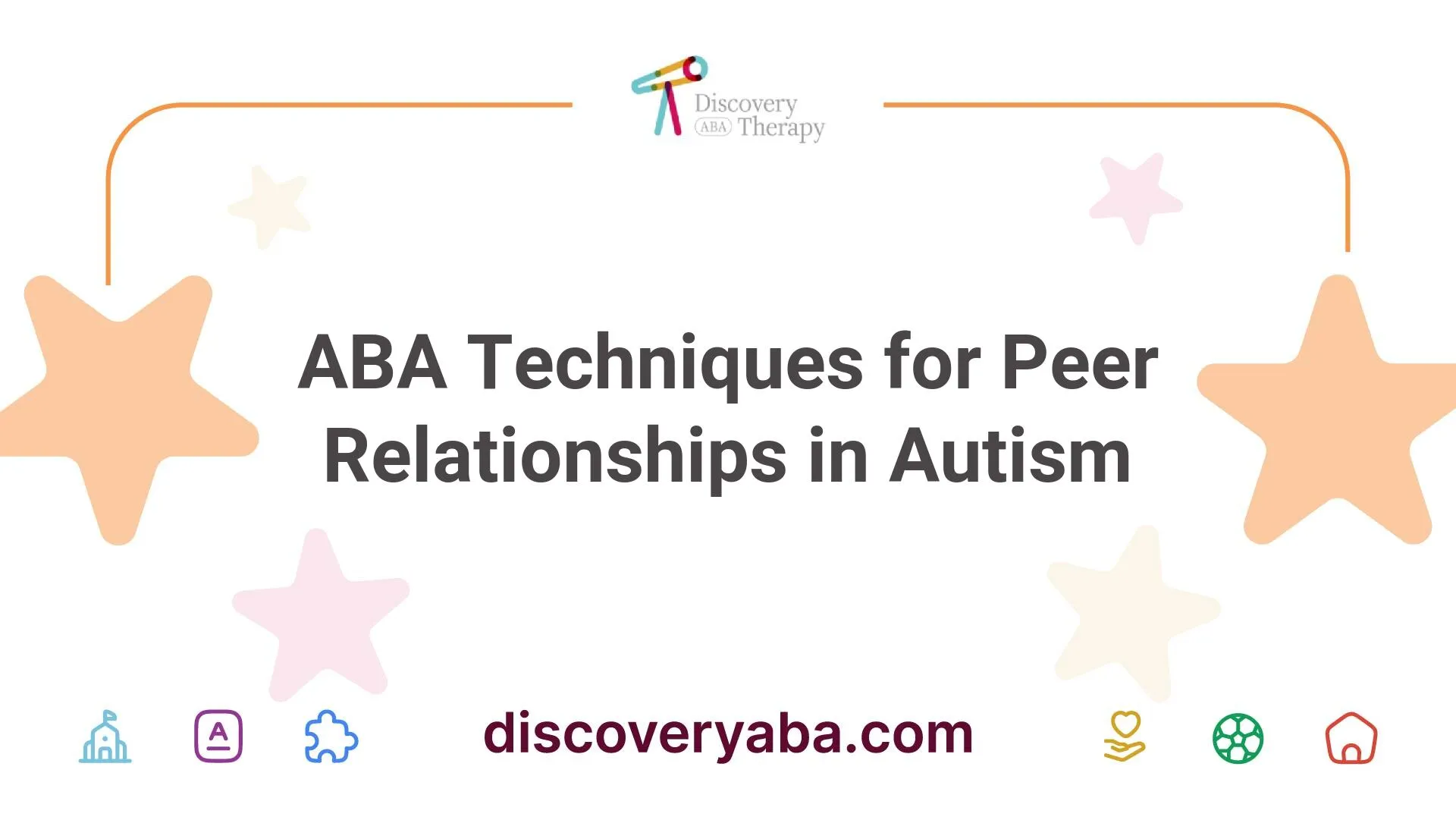ABA Therapy and Autism Behavior Interventions
Discover how ABA therapy and autism behavior intervention can benefit your child’s development and well-being.

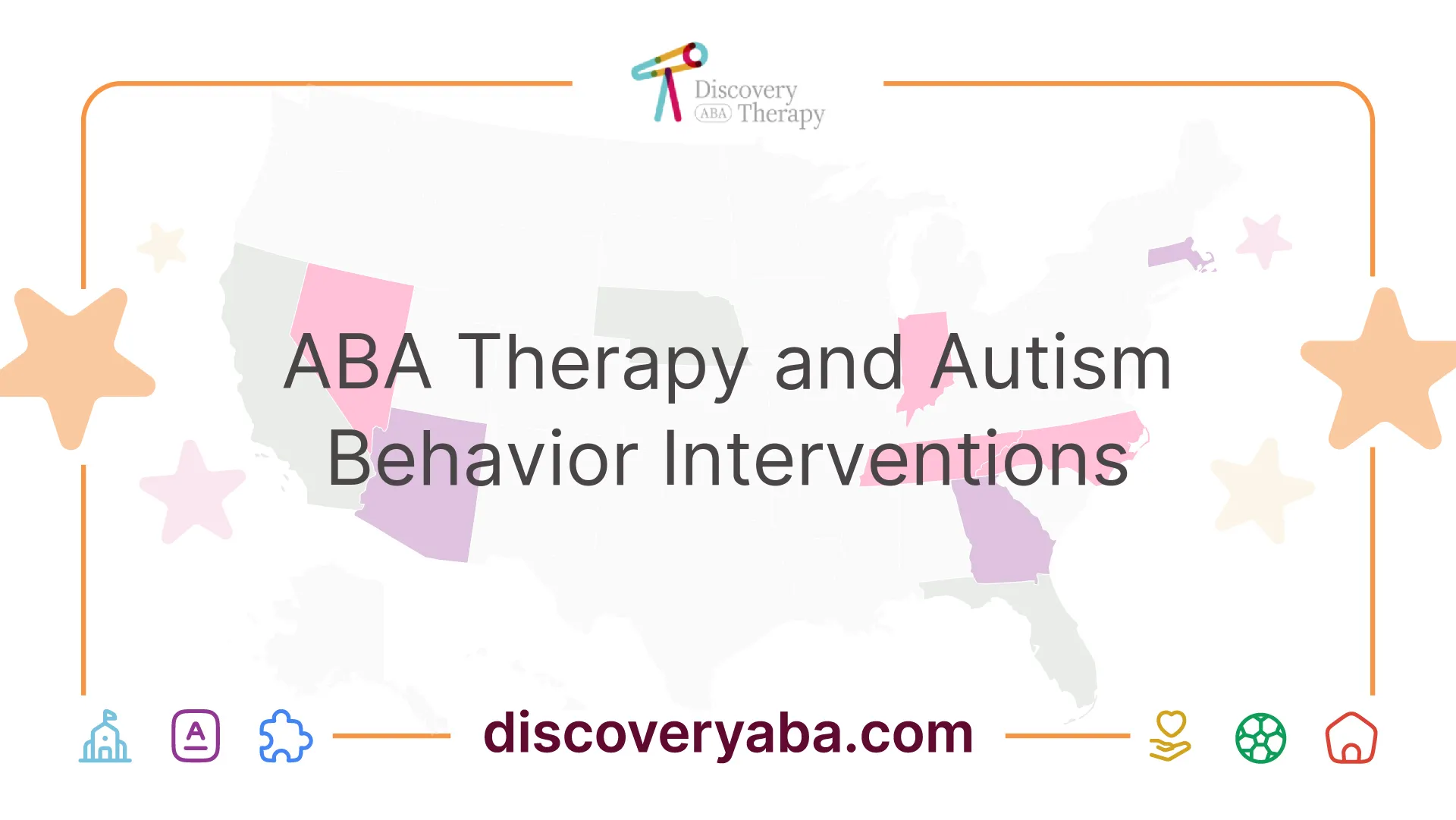
Understanding ABA Therapy
Introduction to ABA Therapy
Applied Behavior Analysis (ABA) is widely recognized as the most commonly used therapy for children on the autism spectrum. This therapeutic approach aims to encourage behavior changes and improve daily living through scientifically-based methods [1]. ABA therapy employs evidence-based techniques and positive reinforcement to help individuals with autism understand the impact of their actions and behaviors. Through engagement and experimentation, ABA supports skill development tailored to individual needs.
ABA is not a one-size-fits-all solution; it is adaptable and personalized. Treatment plans are developed based on comprehensive assessments of a child’s needs, ensuring that each child receives targeted interventions that align with their unique challenges and strengths. For more information on how ABA can support behavioral development, parents and caregivers can refer to our article on aba therapy for autism behavioral therapy.
Principles of ABA Therapy
The core principles of ABA therapy are built upon breaking down complex behaviors into manageable components. This process involves using techniques such as reinforcement, prompting, and shaping to targeted behaviors effectively. The following table outlines the seven dimensions that emphasize the foundational aspects of ABA therapy:
ABA DimensionDescriptionGeneralizationApplication of learned behaviors across different environmentsEffectivenessMeasurable outcomes in behavior changeTechnological AspectUse of specific procedures to ensure reliabilityApplied AspectAddressing socially significant behaviorsConceptual Systematic ApproachLinking procedures to principles for consistencyAnalyticsData collection to measure progress and determine efficacyAddressing BehaviorFocus on observable behavior changes
These dimensions ensure that interventions are based on meaningful research and effective treatment strategies [2]. The application of these principles makes ABA an effective tool for education, therapy, and behavioral intervention.
Utilizing ABA, children are guided to learn, develop, and act in ways that promote their overall well-being. Parents looking for further details about the benefits of ABA should explore our articles on aba therapy and autism development programs and aba therapy for developmental health.
Implementing ABA Therapy
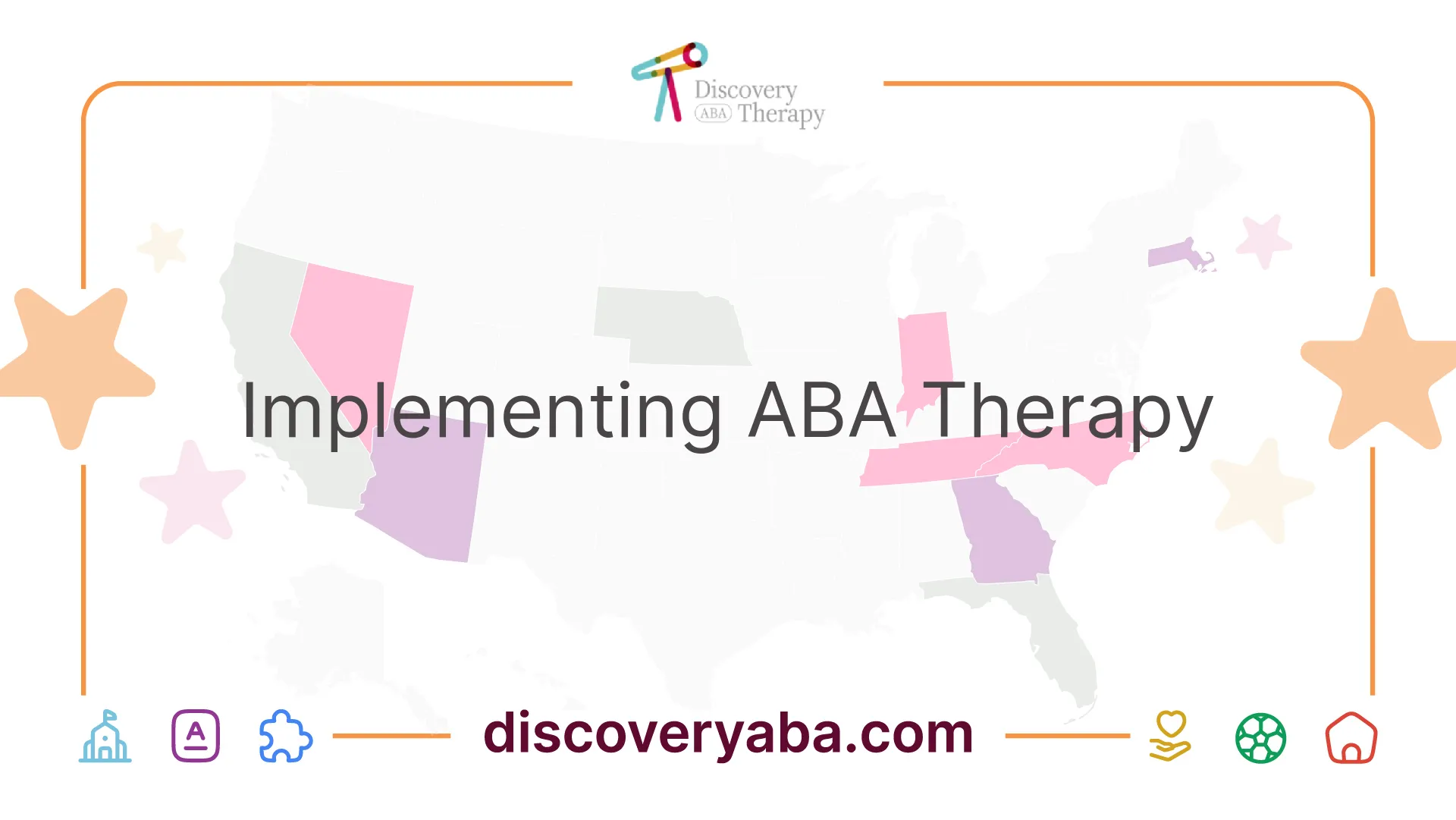
Implementing Applied Behavior Analysis (ABA) therapy involves structured processes that ensure effective interventions for individuals with autism. Key components of this implementation include the pivotal role of the Board Certified Behavior Analyst (BCBA) and the careful development of personalized treatment programs.
Role of BCBA
A Board Certified Behavior Analyst (BCBA) is essential in the implementation of ABA therapy. This trained professional specializes in behavior analysis and is responsible for assessing, analyzing, and providing interventions to address behavioral issues while promoting positive behavior changes. The BCBA customizes programs based on the individual’s skills, needs, interests, and family situation, ensuring that interventions are tailored to fit the unique requirements of each person.
Upon commencing therapy, the BCBA conducts a thorough assessment of skills, preferences, and current behaviors to establish specific treatment goals. These goals are designed to align with the individual’s age and ability level, making them both realistic and achievable. The BCBA must oversee the program’s implementation to ensure consistency and effectiveness, making the BCBA a central figure in any ABA therapy program.
BCBA ResponsibilitiesDescriptionConduct AssessmentsEvaluate individual skills and preferences.Customize Treatment PlansDevelop tailored goals based on thorough assessments.Oversee ImplementationEnsure therapy is delivered consistently and align with goals.
Development of Treatment Programs
The development of treatment programs is a critical aspect of ABA therapy. Programs must be written by the BCBA to ensure they are evidence-based and effective for the target population. These comprehensive treatment plans detail the strategies to be employed and how they will be implemented. Regular modification and updates to these plans based on the individual’s progress are necessary to promote ongoing development and skill acquisition [1].
Technicians or registered behavior technicians (RBTs) typically run these programs under BCBA supervision, facilitating the practice of skills aimed at achieving individualized goals. This collaborative approach between the BCBA and RBTs helps maintain consistency and effectiveness in behavioral modifications. Treatment objectives often focus on areas relevant to daily living skills, social skills, and behavioral support, addressing various aspects of the participant's life.
Treatment Program ElementsDescriptionIndividualized GoalsSpecific objectives based on the person’s unique needs.Evidence-Based StrategiesTechniques grounded in scientific research to encourage behavior change.Consistent ImplementationRegular follow-through by trained technicians to reinforce learning.
By understanding the roles of the BCBA and the development of tailored treatment programs, parents and caregivers can gain insight into how effective ABA therapy can be implemented. Successful intervention relies on structured, individualized approaches that address the diverse needs of individuals with autism, bridging the gap between therapy and daily life [4].
Benefits of ABA Therapy
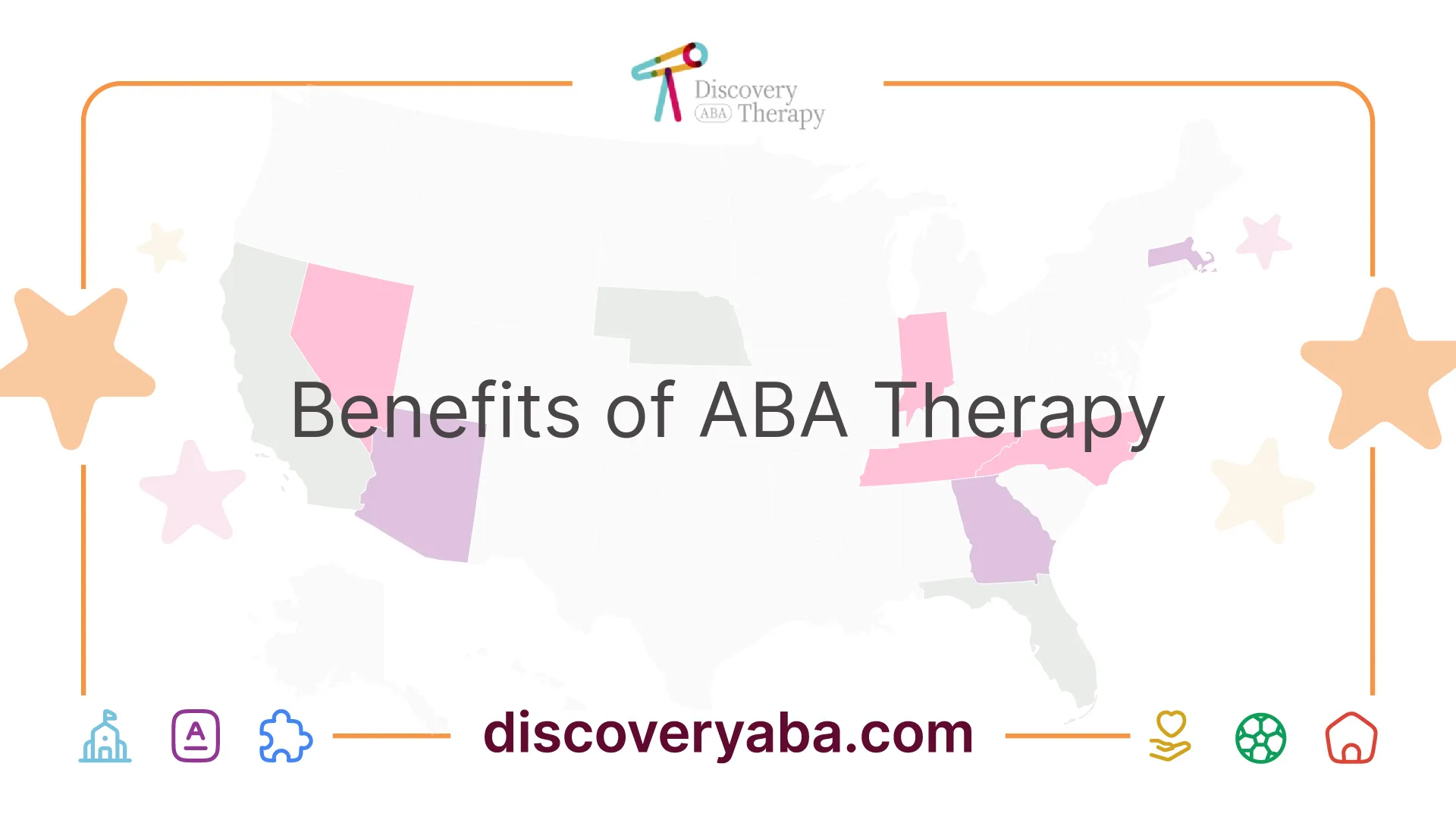
ABA therapy, or Applied Behavior Analysis, offers numerous advantages for individuals with autism, focusing on skill acquisition and enhancing quality of life. This section discusses the real-life application of skills learned through ABA therapy and the core principles that guide the therapy.
Real-Life Application of Skills
ABA therapy aims to teach skills that can be applied in real-life situations beyond a clinical setting. For instance, children might learn functional play skills in a clinic environment. However, applying those skills on a playground with peers is essential for supporting real-life application. Engaging in structured activities helps individuals with autism translate skills learned in therapy into everyday interactions, which is crucial for social development.
By emphasizing real-world experiences, ABA therapy promotes:
Core Principles of ABA Therapy
ABA therapy is built on several core principles that guide its implementation and effectiveness. These principles include:
Core PrincipleDescriptionPositive ReinforcementInvolves rewarding desired behaviors to encourage their repetition. This motivates individuals with autism to engage in positive actions.Evidence-Based TechniquesUtilizes systematic observation and experimentation to determine the most effective methods for teaching skills.Individualized ApproachTailors strategies to fit each child's strengths, preferences, and needs, enabling more effective learning. Parents and teachers leverage what children enjoy to enhance motivation [5].Skill MasteryFocuses on ensuring that individuals not only learn skills but can also generalize and apply them across various settings, enhancing their adaptability.
These core principles support ABA therapy's goal of fostering understanding in individuals with autism regarding the effects of their actions and behaviors. This structured approach allows them to learn, develop, and engage in ways that benefit their overall well-being.
In conclusion, through the real-life application of skills and the underlying principles of ABA therapy, individuals with autism can significantly benefit from tailored interventions that promote their growth and social engagement. For further insights on specific learning outcomes, explore our article on aba therapy for autism behavioral therapy.
Focus Areas of ABA Therapy
ABA therapy is structured to enhance various skills that can significantly improve the quality of life for individuals with autism. Understanding the targeted skills and overall skill development is essential for parents and caregivers in choosing appropriate interventions.
Targeted Skills
ABA therapy focuses on teaching a range of specific skills that are critical for everyday life. Some common skills targeted include:
Skill TypeExamplesCommunicationLearning to speak, using sign languageSocial SkillsSharing, taking turns, initiating conversationAcademic SkillsBasic math, reading, writingSelf-Help SkillsUsing the bathroom, dressing independentlyPlay and LeisureEngaging with peers, structured playMotor SkillsWriting, running, jumpingBehavioral SkillsManaging aggression, preventing self-injury
These skills extend beyond a clinical environment and are designed to be applied in real-life situations. For instance, children learn functional play skills in therapy, which they then practice on playgrounds with other children [1]. This real-world application helps solidify learned behaviors and enhances social interactions.
Overall Skill Development
The overall goal of ABA therapy is to equip children with autism with a strong foundation for numerous life skills, promoting their independence as they grow older. The methodology emphasizes teaching not just academic or social skills, but also practical life skills necessary for daily living.
ABA therapy may help children accomplish:
In this process, parents and caregivers are vital contributors. Through active participation and data collection, they support their child's learning both during therapy sessions and at home. ABA also enables caregivers to utilize their child's strengths and preferences, making the learning experience more engaging and effective [5]. For more detailed insights, explore our section on ABA therapy for autism behavioral therapy.
ABA initiatives not only improve targeted skills but also foster overall skill development, enabling children to thrive in various environments and social situations. This holistic approach lays the groundwork for continued growth and learning in their future.
Progress Tracking in ABA Therapy
Progress tracking is a vital aspect of ABA Therapy, particularly when considering interventions for autism. It provides the foundation for assessing the effectiveness of strategies and tailoring them to meet the unique needs of each individual.
Importance of Progress Tracking
Monitoring progress in autism therapy enhances the efficacy of interventions. It allows for the evaluation of what strategies are yielding positive outcomes and which areas require adjustments [6]. Regular tracking helps in distinguishing effective methodologies from those needing refinement, ensuring that therapy remains aligned with the individual’s developmental needs.
The following table summarizes key benefits of progress tracking in ABA therapy:
BenefitDescriptionAssessment of EffectivenessEvaluating which interventions are working wellAdjustments to StrategiesMaking necessary changes to enhance overall therapy effectivenessIndividualizationTailoring interventions based on personal strengths and areas for improvement
Individualized Treatment Plans
Progress tracking is crucial for crafting personalized treatment plans. By identifying individual strengths and specific areas that require improvement, therapists can set personalized goals to tackle challenges in communication, social skills, and adaptive behavior.
ABA assessments are commonly utilized to facilitate this process. They help in tracking progress and understanding the distinct needs of individuals with autism. The data collected through these assessments informs the development of exclusive treatment strategies that are effective and relevant.
Technology also plays a role in enhancing progress tracking. Augmentative and Alternative Communication (AAC) devices are examples of tools that empower individuals with autism to communicate more effectively. They assist therapists in evaluating communication skill development and monitoring improvements effectively [6].
For parents and caregivers looking for more information on how progress tracking can benefit their loved ones, consider exploring topics on ABA therapy and autism development programs and ABA therapy for autism behavioral therapy. These resources offer additional insights into the importance of customized approaches in maximizing the benefits of therapy.
Research on ABA Therapy
In understanding the role of Applied Behavior Analysis (ABA) therapy in managing autism, it is essential to review its effectiveness and the long-term impact on individuals with autism. This research underlines why ABA therapy is a crucial component in autism behavior intervention.
Effectiveness of ABA Therapy
ABA therapy has demonstrated significant effectiveness in helping children with autism learn essential skills and behaviors. According to research, ABA therapy employs evidence-based techniques, positive reinforcement, and experimentation to help individuals understand the effects of their actions and behaviors [2]. Key findings include:
Outcome MeasurePercentage Achieving Normal FunctioningUCLA Model Treatment47%Control Group2%
This highlights the profound impact ABA therapy has on children with autism.
Long-Term Impact Analysis
The long-term impact of ABA therapy reveals substantial benefits for individuals with autism spectrum disorder (ASD). The overall effects have been supported by various meta-analyses and studies, indicating positive outcomes across multiple domains:
MeasureStandardized Mean Difference (d)p-valueGeneral Symptoms-0.360.45Socialization0.110.60Communication0.300.07Expressive Language-3.520.01Receptive Language-0.040.84
These results imply that while there is variability, many individuals experience tangible improvement in their communication and social skills through ABA-based interventions [8].
The findings consistently confirm the benefits of ABA therapy for autism behavior intervention. For parents and caregivers looking to understand more about tailored approaches, resources for ABA therapy and autism behavioral therapy as well as ABA therapy and autism skill building are highly recommended.
References
[2]:
[3]:
[4]:
[5]:
[6]:
[7]:
[8]:
Does Your Child Have An Autism Diagnosis?
Learn More About How ABA Therapy Can Help
Find More Articles
Contact us
North Carolina, Nevada, Utah, Virginia
New Hampshire, Maine
Arizona, Colorado, Georgia, New Mexico, Oklahoma, Texas
.avif)


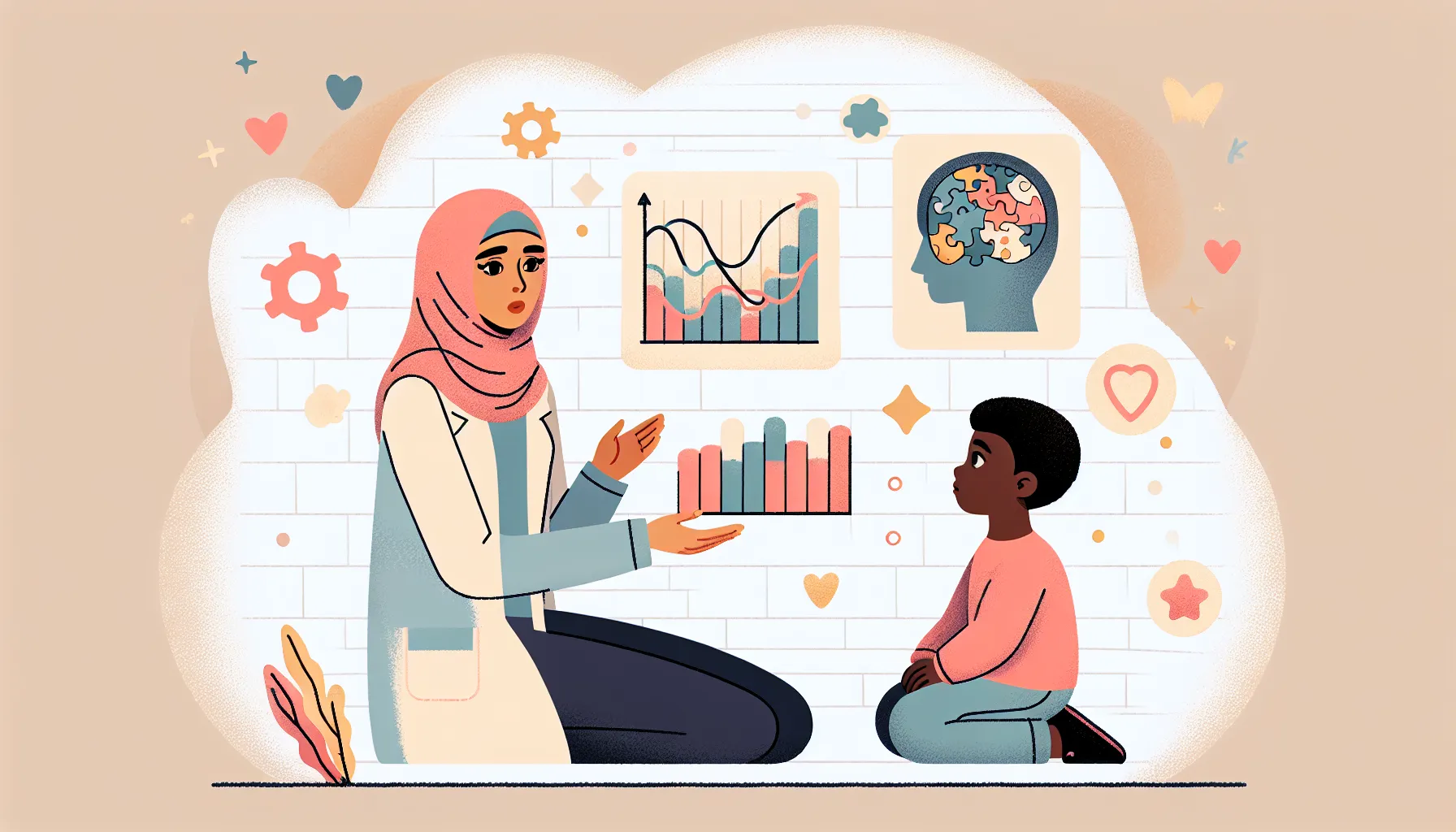

.jpeg)



.jpeg)
.jpeg)




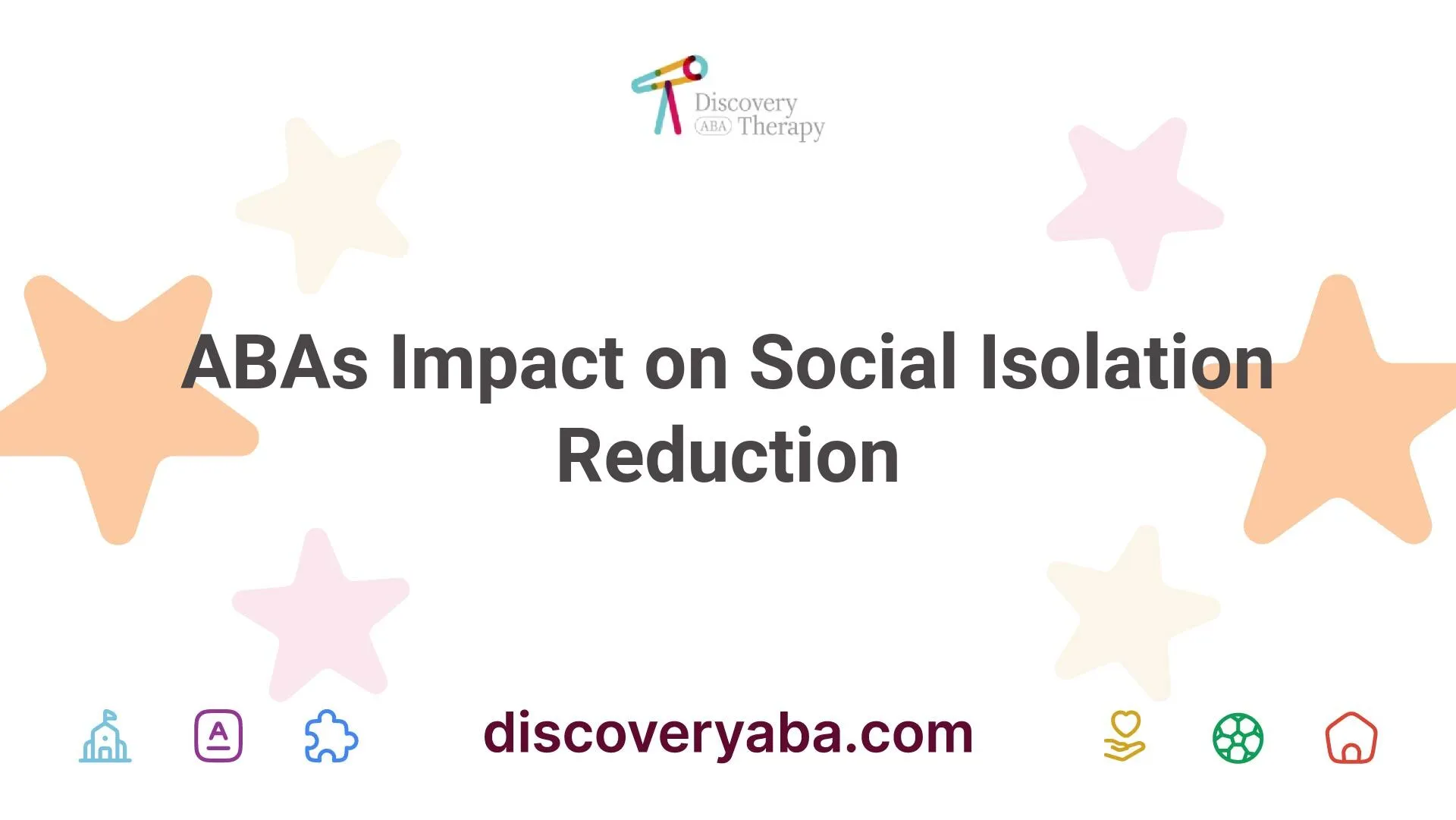
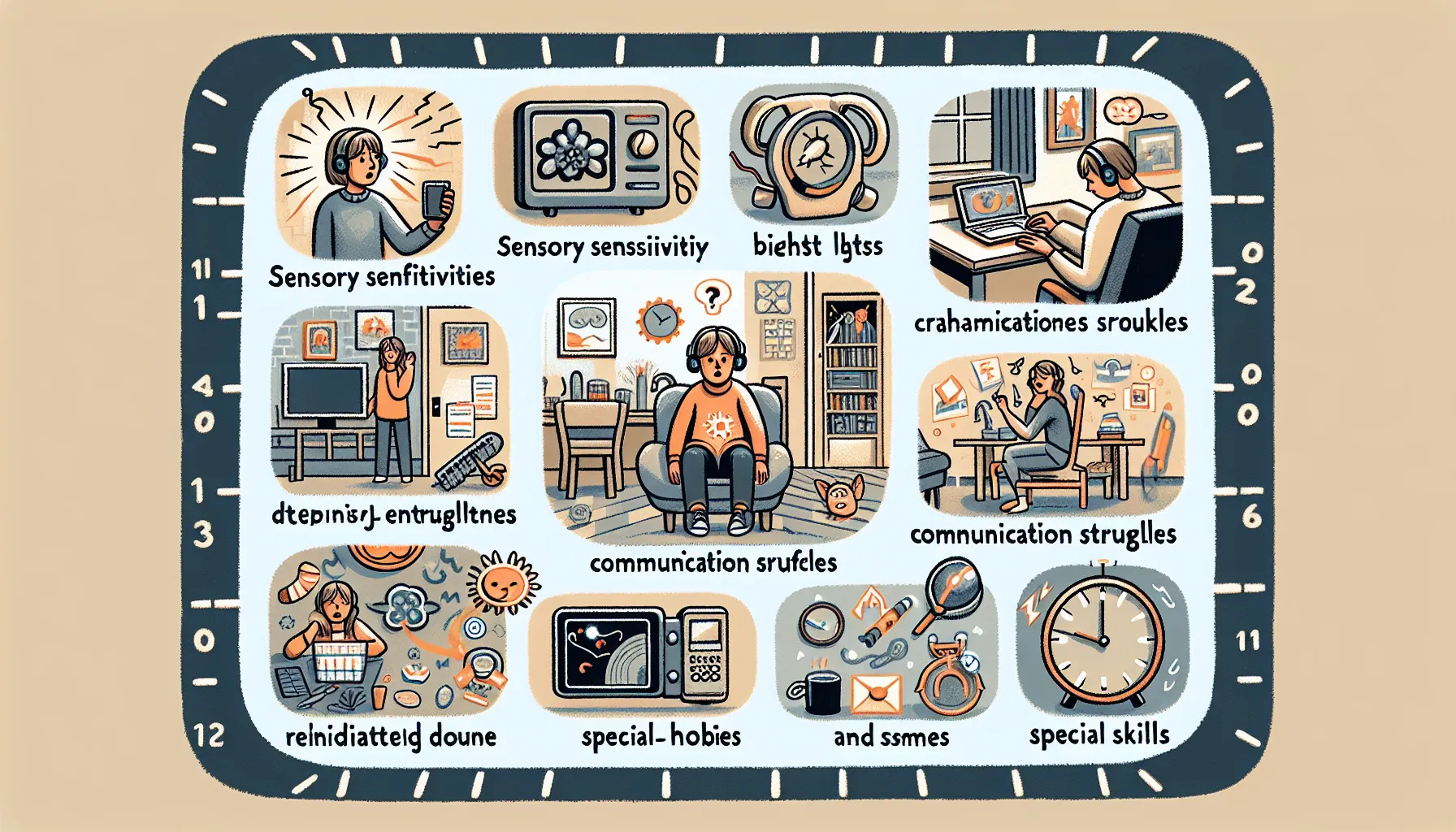

























.jpeg)


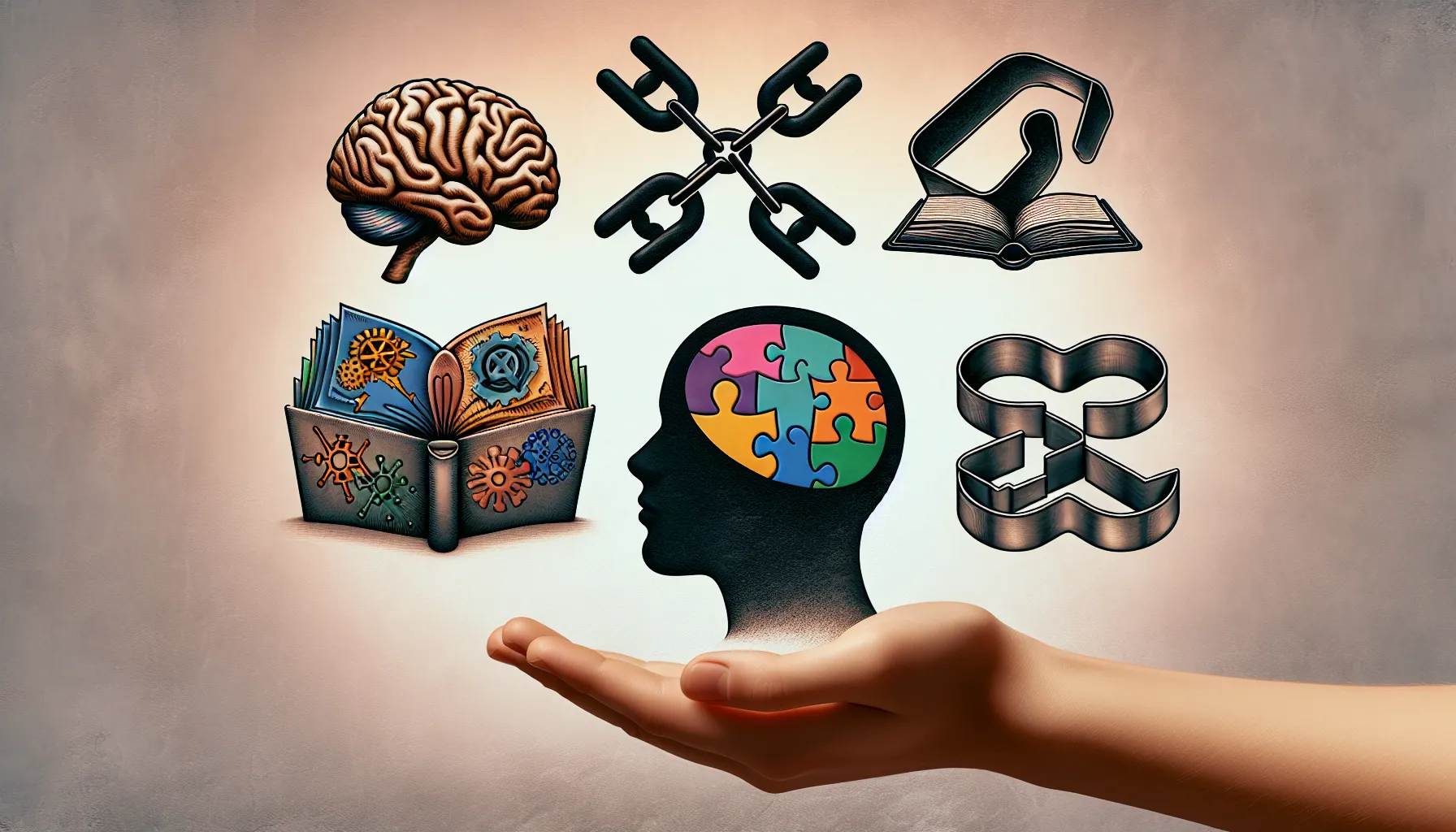


.jpeg)











.jpeg)




